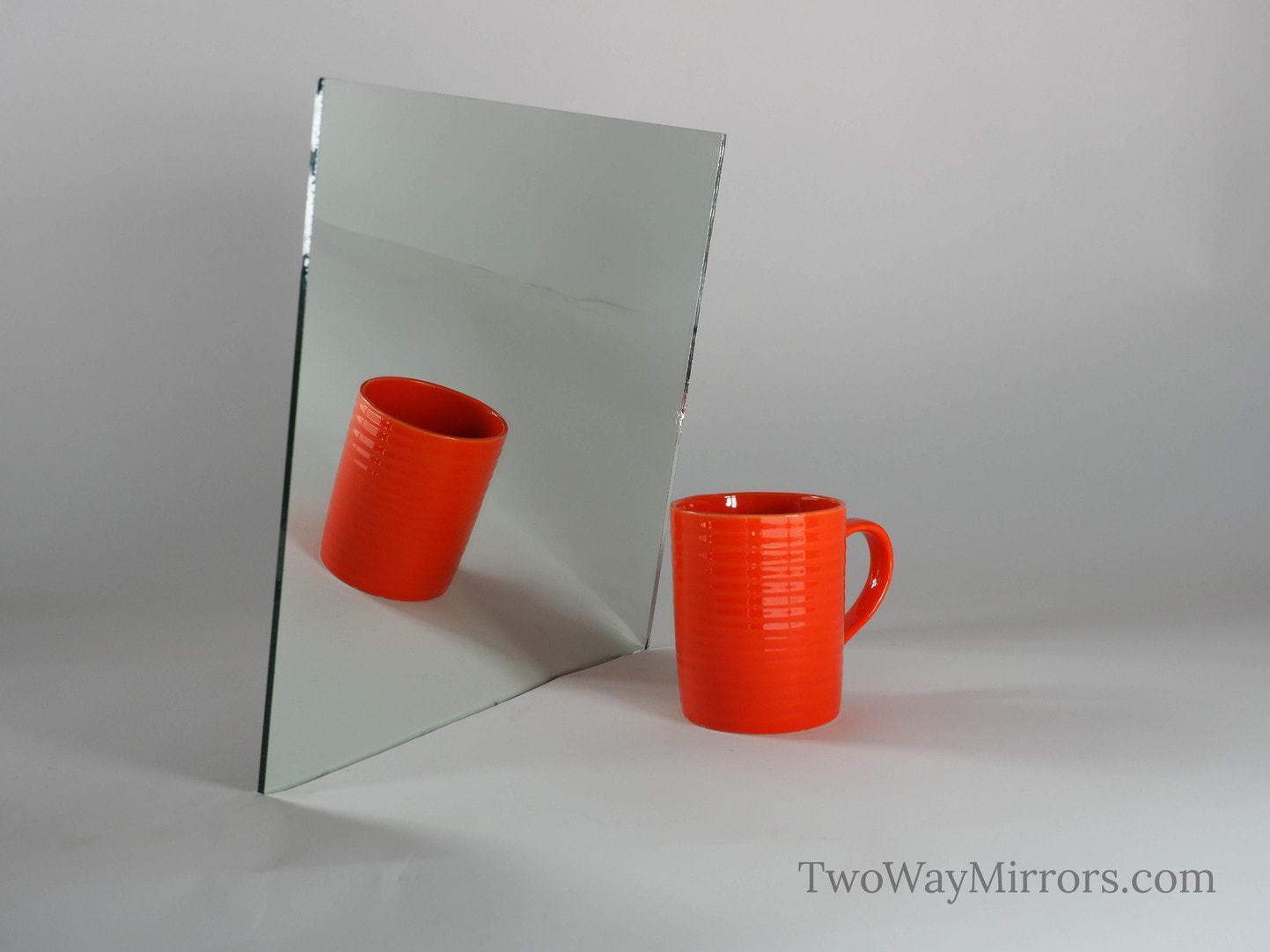
Siberian jays ( Perisoreus infaustus) provide information to conspecifics, not only about predator identity, but also about predator behaviour –.

For instance, several species are able to hide thousands of seeds and are capable of remembering where and when they were cached in addition, some species are capable of bearing in mind whether or not they were observed by other birds when concealing food. Furthermore, corvids are similar to primates in some highly complex cognitive abilities. For example, a great capacity for solving novel problems, an episodic-like memory, ceremonial-like gatherings in response to dead conspecifics –, and other sophisticated cognitive functions –.

Corvids, a group of birds which belong to the order of Passeriformes and which are known to have allometrically large brains, have been found to possess at least a similar repertoire of complex cognitive abilities as those of primates. More recently, it has also been pointed out that, contrary to traditional beliefs, primates do not constitute the pinnacle of cognition capacity. During the last three decades a great deal of research has been made on the biological bases of cognition and it has been found that many characteristics that had been presumed to be unique to humans may also be found in other animals –. The funders had no role in study design, data collection and analysis, decision to publish, or preparation of the manuscript.Ĭompeting interests: The authors have declared that no competing interests exist.Ĭharles Darwin asserted that there is continuity between human mental capabilities and those of other animals. This is an open-access article distributed under the terms of the Creative Commons Attribution License, which permits unrestricted use, distribution, and reproduction in any medium, provided the original author and source are credited.įunding: JMPS was funded by Ministerio de Educación and Consejería de Innovación, C 420 iencia y Empresa under International Excellence Campus Program (CEI Granada) and TPC was funded by Ministerio de Educación y Ciencia by a postdoctoral contract from the project CGL2011-25634. Received: MaAccepted: DecemPublished: January 27, 2014Ĭopyright: © 2014 Soler et al. Our study suggests that the use of self-adhesive stickers on sensitive throat feathers may open the way to artefactual results because birds might perceive the stickers tactilely.Ĭitation: Soler M, Pérez-Contreras T, Peralta-Sánchez JM (2014) Mirror-Mark Tests Performed on Jackdaws Reveal Potential Methodological Problems in the Use of Stickers in Avian Mark-Test Studies. We conclude that our jackdaws' behaviour raises non-trivial questions about the methodology used in the avian mark test. However, jackdaws were not able to pass the mark test: both sticker-directed actions and sticker removal were performed with a similar frequency in both the cardboard (control) and the mirror conditions. We found that our nine jackdaws showed a very high interest towards the mirror and exhibited self-contingent behavior as soon as mirrors were introduced.

Here, we have replicated the experimental design used on magpies to determine whether jackdaws ( Corvus monedula) are also capable of mirror self-recognition by passing the mark test. The results obtained in magpies have enormous biological and cognitive implications because the fact that magpies were able to pass the mark test meant that this species is at the same cognitive level with great apes, that mirror self-recognition has evolved independently in the magpie and great apes (which diverged 300 million years ago), and that the neocortex (which is not present in the bird's brains) is not a prerequisite for mirror self-recognition as previously believed. Mirror self-recognition capacity has been found in just a few mammals having very large brains and only in one bird, the magpie ( Pica pica). Some animals are capable of recognizing themselves in a mirror, which is considered to be demonstrated by passing the mark test.


 0 kommentar(er)
0 kommentar(er)
